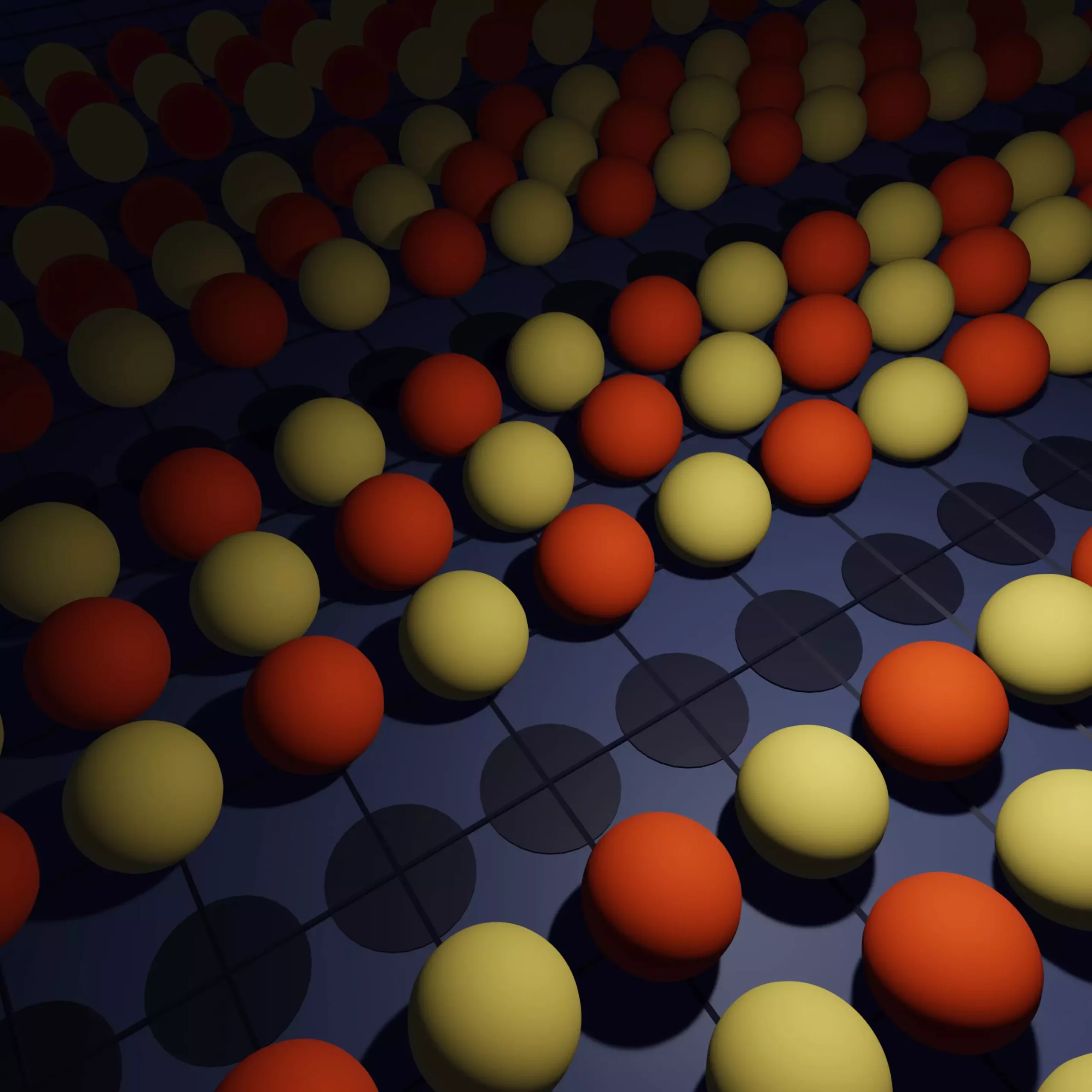In the realm of condensed matter physics, few enigmas attract as much intrigue as the pseudogap phenomenon. Traditionally viewed as a cryptic state that emerges in high-temperature superconducting materials, its complexities have stymied scientists for decades. Recent advancements, however, have illuminated this shadowy landscape, paving the way for potential breakthroughs in room-temperature superconductivity—a dream that could revolutionize energy transmission, technology, and transportation. This essential understanding stems from innovative computational techniques designed to unravel the nuance of quantum electron behavior in these materials.
At the forefront of this research lies the quest for materials capable of superconductivity at accessible temperatures. Current high-temperature superconductors, particularly those incorporating copper and oxygen, display their remarkable abilities to conduct electricity without resistance, but typically only in frigid environments—specifically below -140 degrees Celsius. Beyond this threshold, the materials transition into a pseudogap phase. In this state, their behaviors oscillate, alternately resembling typical metals and semiconductors. Despite identifying the prevalence of the pseudogap across high-temperature superconductors, the understanding of its underlying mechanics and its interconnectedness with the materials’ properties at absolute zero (approximately -273.15 degrees Celsius) has remained elusive.
The pioneering study presented in the journal *Science* offers a fresh lens through which scientists can approach the pseudogap. By leveraging sophisticated computational methods, particularly a revised algorithm known as diagrammatic Monte Carlo, researchers enable a more holistic assessment of electron interactions. As noted by Antoine Georges, a key figure in this research, previous methods only scratched the surface of understanding—akin to peering through fog to identify the peaks and valleys of a landscape. With the fog beginning to lift, the full panorama of electron behavior is coming into focus, revealing insights critical to realizing practical superconductivity.
Historically, physicists relied on models such as the Hubbard model, which constructs a simplified chessboard lattice representing electron movements. While this analogy yields valuable insights, it struggles when scaling to numerous interacting electrons—a necessity for understanding superconductive properties. The challenge lies in the phenomenon of quantum entanglement, where electrons become so intertwined that they cannot be individually addressed. This makes precision modeling of superconductivity at finite temperatures particularly cumbersome.
To circumvent this limitation, researchers incorporated the diagrammatic Monte Carlo algorithm, a strategy that accounts for intricate interactions over the entire simulated space. This wider lens grants scientists the capability to simulate multiple particles simultaneously, an advancement that shifts the paradigm for exploring states like the pseudogap.
The study unveiled compelling findings regarding the behavior of pseudogap materials as they approach absolute zero. Previously, scientists engaged in heated debates concerning the evolution of the pseudogap; did it transition into distinct states, such as “stripes,” formed by the organization of electrons? This recent research answered these questions decisively. As the materials cool, they do begin to form stripe patterns rather than uniformly transition into superconductive phases.
With this knowledge, scientists can further manipulate variables—such as adjusting how electrons move diagonally, akin to a bishop on a chessboard—leading to scenarios where pseudogap materials could indeed evolve into superconductors. This break from traditional assumptions about electron arrangement contributes not only to understanding superconductivity but also assists in refining the Hubbard model itself.
The implications of these findings extend far beyond theoretical physics. The process of revealing the pseudogap could invigorate technologies ranging from lossless power systems to advanced medical imaging techniques like MRI. Furthermore, identifying the conditions that foster superconductivity at higher temperatures has vast implications for the development of maglev transportation systems, possibly ushering in new eras of transit efficiency and speed.
In addition, the insights garnered from this study provide critical information for the burgeoning field of quantum gas simulation. By cooling atoms to ultralow temperatures and simulating conditions akin to the Hubbard model, researchers can now directly investigate phenomena like the pseudogap—heralding an exciting intersection between theory and experimental validation.
The study of the pseudogap serves as a testament to the transformative power of collaboration within the scientific community. By merging computational prowess with theoretical models, researchers are not merely unraveling a singular mystery; they are creating a comprehensive framework through which the complexities of high-temperature superconductivity can finally be understood. As we continue to decipher these quantum puzzles, we inch closer to the technological realities that could reshape our world.

